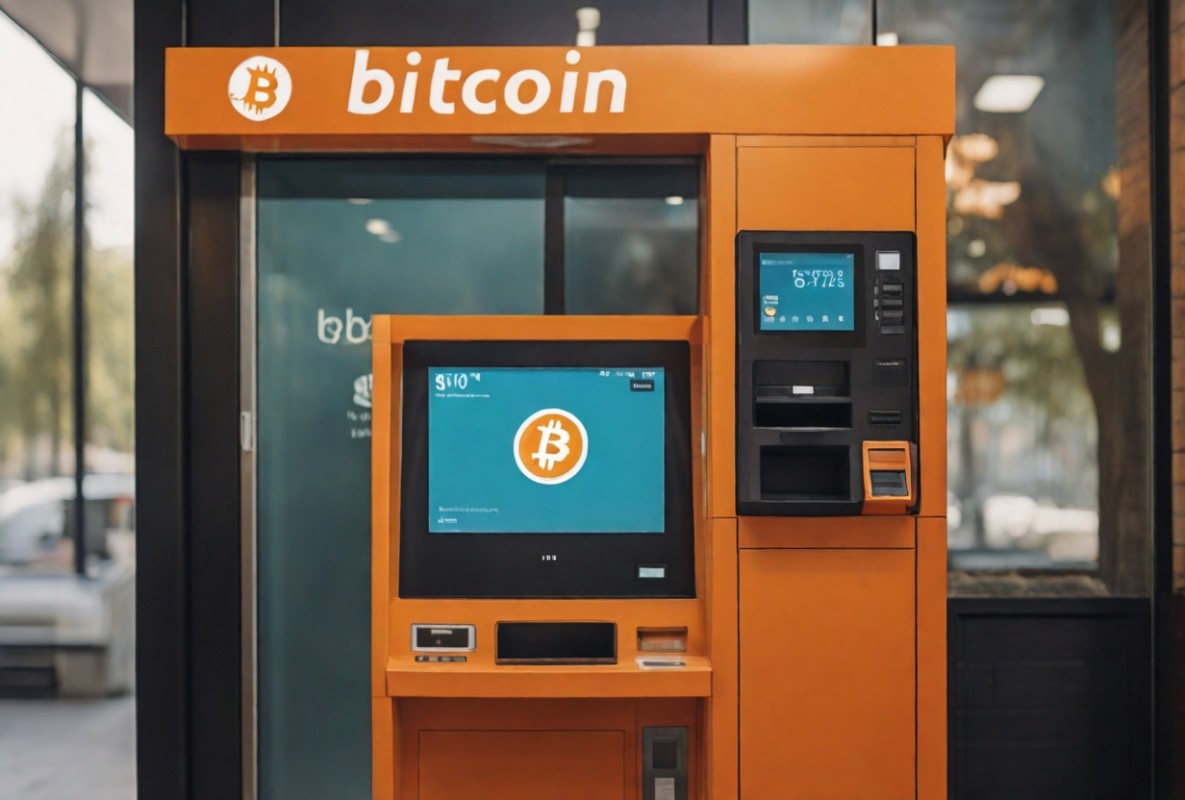Changing Regulatory Dynamics of Bitcoin ATMs


In the ever-evolving Bitcoin environment, it can be difficult to keep up with the changes. As we move into the new year, it’s important to keep in mind that there’s likely to be significant change and expansion in the industry.
The increase in regulatory action we saw last year is expected to continue through 2024 and stands out as an industry trend that will spur significant change.
One part of the industry that will definitely be affected by this change is Bitcoin ATMs. As the regulatory environment strengthens, new state-specific licenses for Bitcoin ATMs are emerging, such as California’s AB39 bill, which was recently signed into law. 2024 promises to bring both challenge and clarity to both the Bitcoin and Bitcoin ATM industries, and the Money Transfer License (MTL) plays a pivotal role in this conversation.
Increasing importance of MTL
Traditionally, MTL is associated with some cryptocurrency exchanges and traditional financial institutions. MTLs are issued by state authorities and allow businesses to participate in fund transfers.
Many companies are expected to obtain this type of license, and Bitcoin ATM operators are often subject to this type of regulation.
For example, in New York, BitLicense has historically been the dominant state-specific cryptocurrency license in the United States. However, with the new California AB39 bill becoming law, it will usher in new regulations tailored specifically to the cryptocurrency industry. This requires an MTL for digital assets in California and mandates anti-money laundering (AML), cybersecurity, and risk management policies. This provides more oversight of the compliance processes that apply to the digital asset industry in California.
This type of regulation represents a significant change, and more and more states are showing they can follow suit by creating their own regulatory frameworks. As a result, we will likely see a more regulated and compliant cryptocurrency industry, with Bitcoin ATMs following suit.
Challenges for small Bitcoin businesses
The clear goal of increased regulation is to provide legal clarity, but it is also a challenge for smaller Bitcoin-related companies, such as small Bitcoin ATM (BTM) operators. There is a large gap in the Bitcoin ATM market, with around 200 BTM operators. The largest operator, Bitcoin Depot, operates approximately 6,100 BTMs in the United States, while many smaller operators operate only one BTM. For operators managing one BTM or a small number of BTMs, obtaining MTL is no small task and is more difficult than larger operators with more financial resources and manpower. This includes meeting other stringent requirements, including paying an application fee, adhering to minimum net worth standards, having a Chief Compliance Officer and support staff, having an AML compliance program, a transaction monitoring system, auditing financial statements, and conducting regular independent audits. Status of the company’s ability to obtain license approval. Once licensed, companies are subject to reporting requirements, annual license renewals, and random inspections by state regulators every few years.
For small companies with limited financial resources and only a few employees, these types of requirements can be challenging. In response to these types of challenges, small business owners may face difficult decisions, such as selling the company or forming a partnership with a larger business.
Large operators offer these small company partnership programs that allow them to retain ownership of their machines while outsourcing operational responsibilities. This model allows smaller operators to navigate the regulatory environment while remaining active within the Bitcoin industry.
Focus on fraud prevention and consumer protection
As the cryptocurrency industry moves towards more regulatory compliance, it is expected that fraud prevention measures will also be strengthened. These efforts include improving consumer protection protocols, mitigating risks, and increasing transparency. There is a concerted effort to provide as much security as possible for Bitcoin ATMs and other cryptocurrency-related financial services.
Like other traditional financial platforms, many Bitcoin ATM operators have taken proactive steps to integrate fraud warnings into their interfaces. These precautionary messages serve as a warning system to inform users of potential risks associated with their transactions. However, current trends suggest that an evolution toward more standardized alerts and disclosures may be coming down the pipeline for Bitcoin ATMs.
Interestingly, Chainalysis’ 2023 Crypto Crime Report statistics show a contrast: less than 1% of all fraudulent transactions occur at Bitcoin ATMs. Despite these low rates, regulators and policymakers remain wary. They acknowledge that there are potential risks lurking in the cryptocurrency space, which is why they believe you should do your due diligence.
Additionally, this increased scrutiny is expected to result in more regulatory actions being implemented. The state is preparing to crack down on non-compliant Bitcoin ATM operators, with the primary goal of preventing fraudulent activity while curbing the operations of malicious entities.
Ultimately, this shift toward stronger fraud prevention measures will help strengthen consumer protection within the cryptocurrency world. This marks a pivotal moment in the industry’s growth. As regulatory initiatives continue to gain momentum, we are poised to create a more resilient and secure environment for newcomers and seasoned cryptocurrency enthusiasts alike.
Direction of development through collaboration and compliance
The constantly evolving regulatory environment requires collaboration between industry players. As a result, compliance with new requirements becomes important. Large Bitcoin ATM operators are positioned to play a pivotal role in supporting smaller operations through partnership programs, which will help ensure a more compliant and robust Bitcoin ATM ecosystem.
Moreover, the industry’s proactive approach to fraud prevention through uniform warnings and disclosures reflects its commitment to consumer protection. Regulatory changes may cause initial challenges, but they are ultimately poised to create a safer and more transparent environment for cryptocurrency trading.
Navigating the 2024 Regulatory Landscape
It goes without saying that 2024 is expected to be a transformative year for the cryptocurrency industry, especially Bitcoin ATM operators. The regulatory environment is becoming more defined with the emergence of state-specific licensing.
As the cryptocurrency ecosystem continues to evolve and evolve, navigating these regulatory waters is essential for any business to grow and contribute to the widespread adoption of cryptocurrencies in the mainstream.
This is a guest post by Brandon Mintz. The opinions expressed are solely personal and do not necessarily reflect the opinions of BTC Inc or Bitcoin Magazine.



